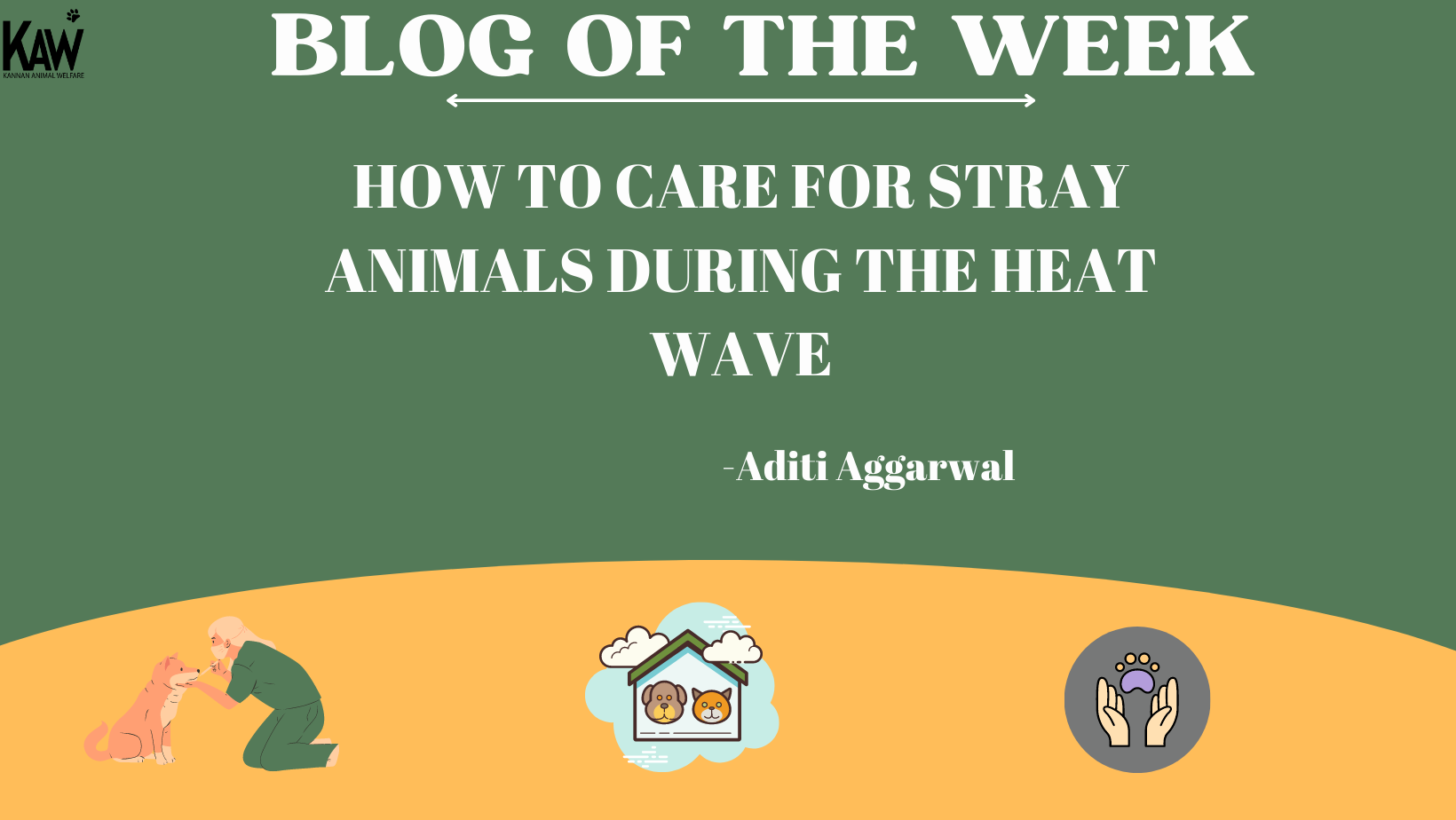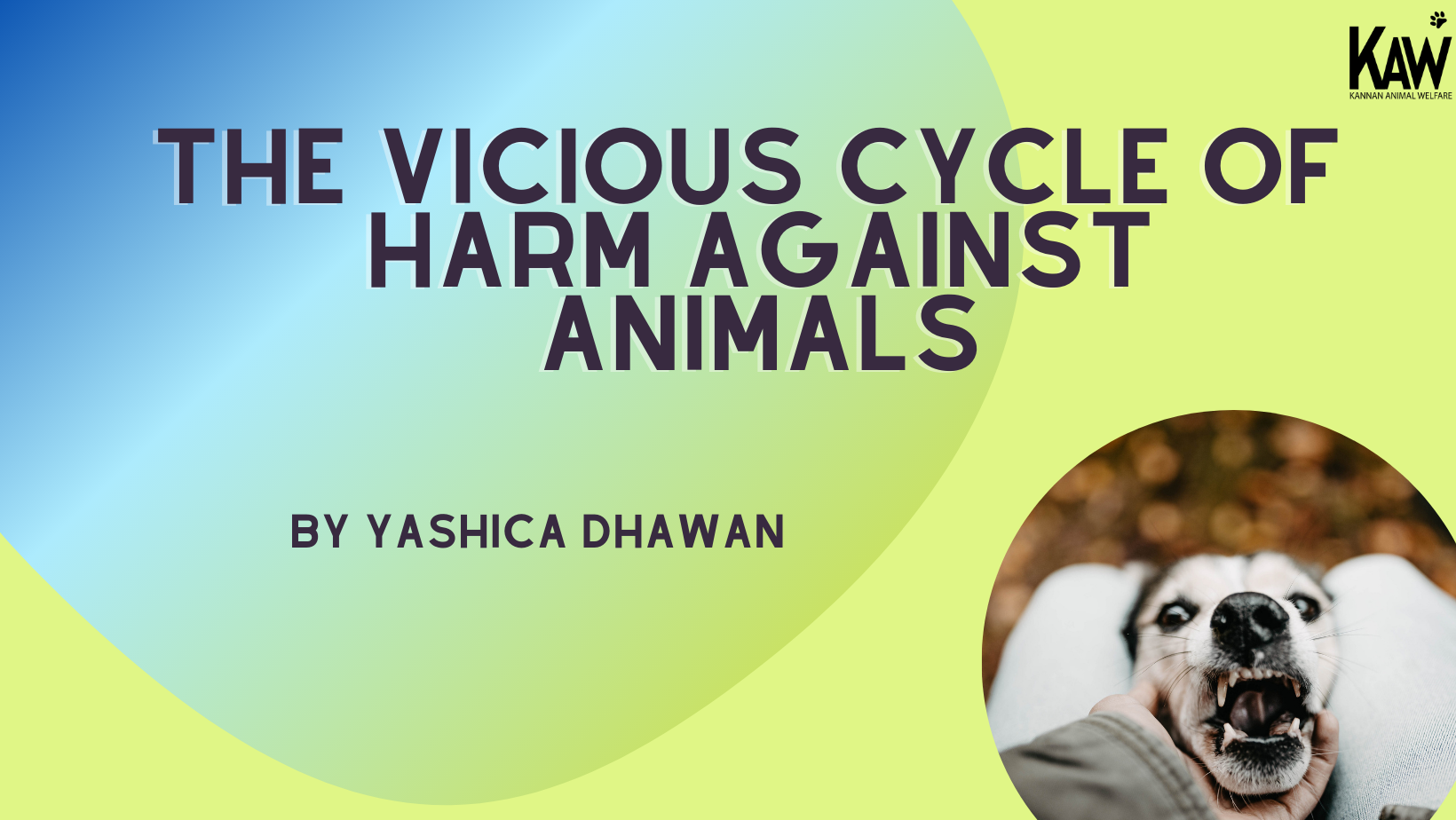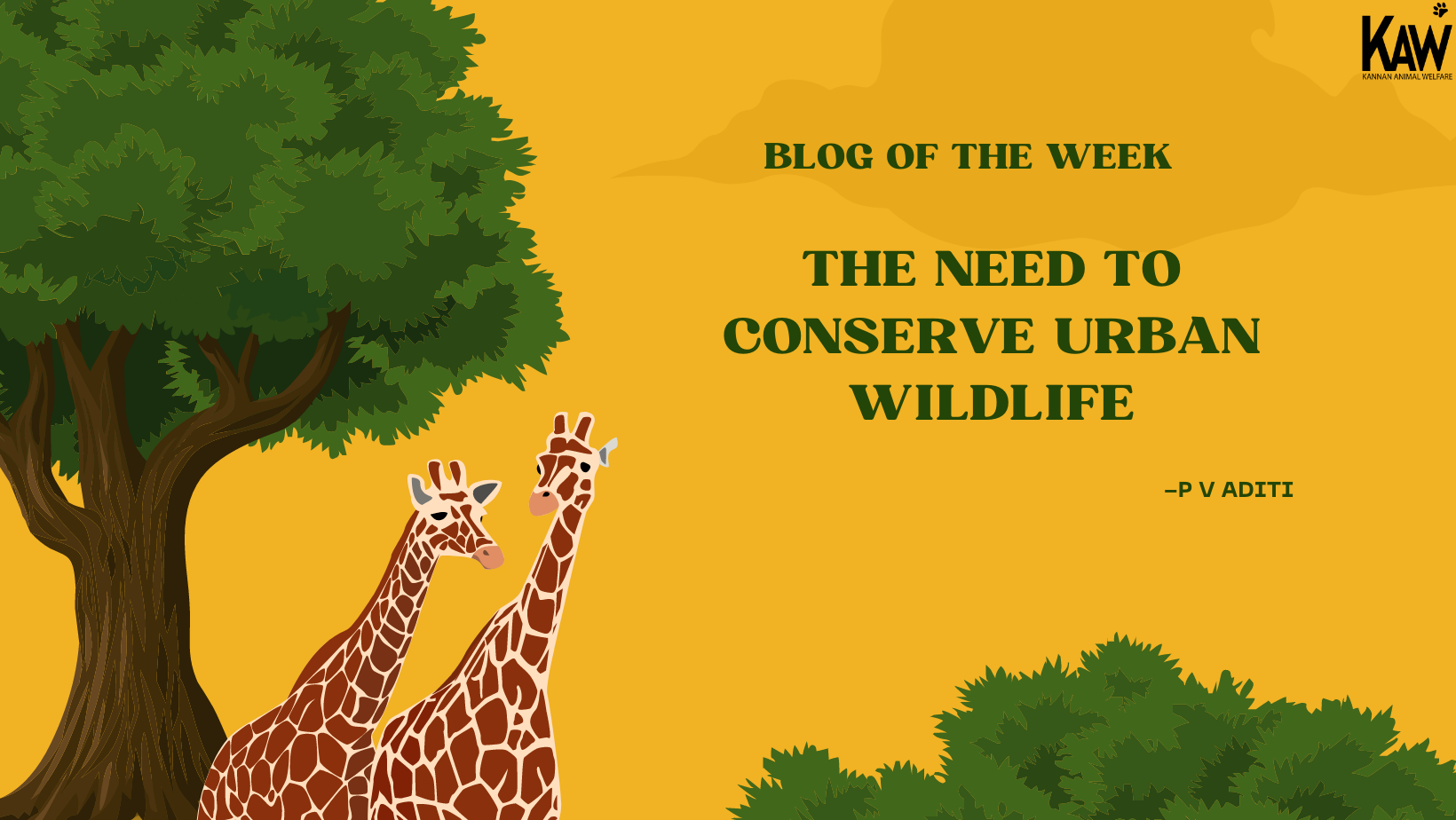Giving food and water to strays
Keeping the water outside your house in earthen bowls guarantees that it keeps cool for longer, or one can use a large terracotta bow which is the best bowl for this purpose. The water in terracotta bowls tends to stay cooler for longer. You can also fill ice cubes in their water bowls. You can keep electrolyte solution in a bowl outside your house for stray animals as it will help them to recover from dehydration.
Cooling items, such as watermelon or curd rice, should be fed to them if possible. Summertime necessitates a change in nutrition since heavier foods might cause health problems. Serving them watermelons, muskmelons, cucumbers, or other hydrating fruits helps them maintain the water balance in their bodies, which is difficult in the summer. It's critical to avoid high-protein foods and serve them in a shaded place. Curd is beneficial to keep cool and save stray animals. Most dogs enjoy curd, and it's extremely excellent for them during the heat. You try to feed the stray dogs curd rice or cooked rice and potatoes so that they don't have digestive problems. Never leave their food out in the open for an extended period because it may spoil and make them sick.
Making them a provisional shelter
Animals will seek shade to escape the heat, especially during the midday hours. A basic summer shelter for stray dogs can be constructed using discarded items such as cardboard and old garments. These homemade structures will provide refuge for animals during the warmest portion of the day. Keep in mind that the shelters are located in cool, shady regions and are spacious enough to provide enough ventilation.
Make the shed's lining and floor out of a grass mat and the shelter's walls of cardboard and cloth.Make sure your shelter is in a cool location and large enough to avoid trapping heat. To keep them cool in the afternoon, you can add damp towels and sheets.
One thing that is to be kept in mind is that the shelter should let heat escape so that they stay cool, i.e., it is different from the one they require in winters that are used to trap heat to keep them warm, and the two shall not be identified as the same.
When? Signs of heat in the dog.
Dogs are also susceptible to heatstroke. You can check for various indicators of heat stress in your them. The following are some general indicators:
- Panting and increased salivation
- Increased respiration rate, racing heart, or trouble breathing
- High water intake and loss of appetite
- Lethargic
- Dry nose (caused by dehydration)
- Weakness and dizziness
- Muscle tremors
- In severe cases, they may become unconscious
What and how is it to be done
During the hotter months, fleas, ticks, and other parasites are more active, and strays are more likely to pick them to upkeep some ointments and flea-resistant powder on hand to combat this. It's also a good idea to have a vet regularly check on the stray animals in your neighbourhood. If possible, get a vet to assess the stray dogs and give them the appropriate shots before summer commencement.
Take the following steps if you come across an animal suffering from heat exhaustion or stroke: Heat exhaustion or stroke is characterised by difficult breathing and unusual head movements. To cool the animals down, gently pour plenty of room temperature water on them or spray them with cool water, especially on the legs and feet or stand them in water, then wipe them down with a moist towel, and call a veterinarian or take the animal to the nearest veterinary institution to chill them down.
Our roads and pavements are made out of asphalt, stone, and other similar surfaces, which become quite hot in the summer season. Humans have shoes and slippers to protect their feet, but our canine companions do not. It's good to look for burns and other injuries on stray dogs' paws. In the heat, any minor wound can become infected quickly. In case of burns or other injuries, use appropriate ointments and medications, or you can take them to the vet.
Last but not the least, as a Precautionary measure: Look on roads and below vehicles
Check beneath your parked vehicles before driving them, as stray cats and dogs may be hiding below to avoid the sweltering heat. During the day, animals looking for water are also hit by cars on city roadways. Animals frequently sit or sleep under parked automobiles and bikes due to a lack of enough shade. As a result, if motorists abruptly restart their vehicles, the animals may suffer significant injuries or even death.
Because of the incessant heat and lack of cover, animals may seek shelter under parked cars. When a vehicle is going to move, animals don't always comprehend. Heat exhaustion or dehydration can make it difficult for dogs and cats to move out of the path.
So it is always advisable to check near and below your vehicles before moving them away from their place.





